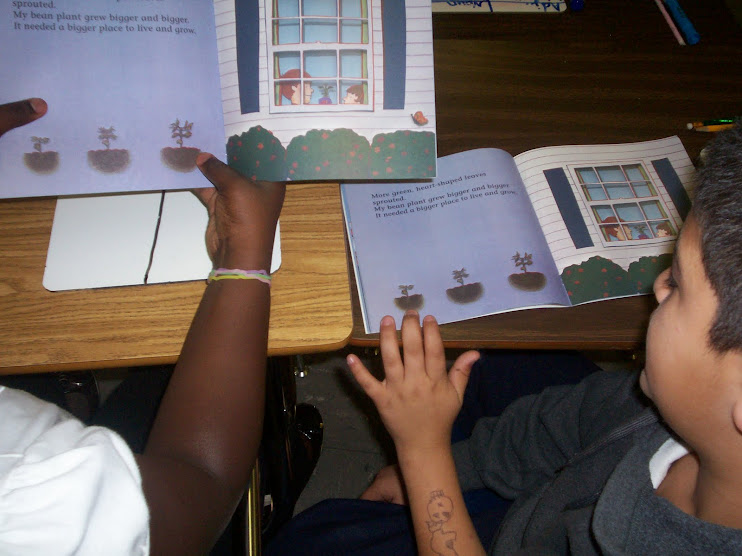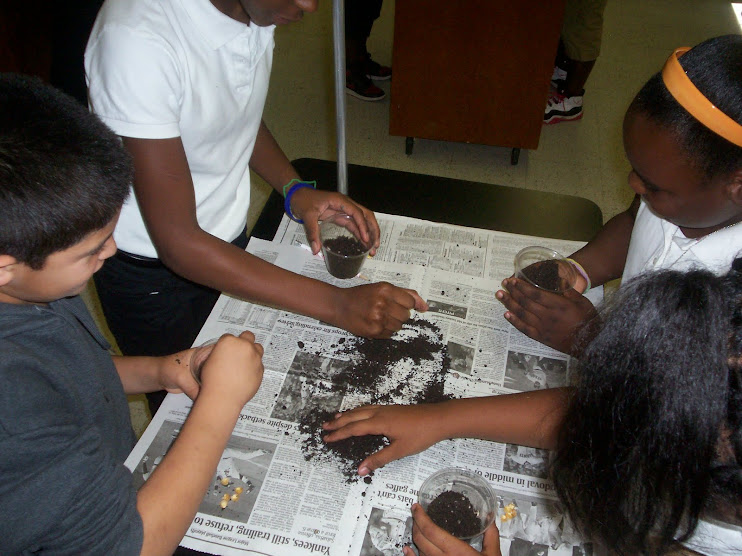Abstract
Have you ever wondered why certain plants grow in one area, but not in others? This could probably be influenced by the climate, temperature, and availability of water. Fluctuation in temperature and lack of water tend to go hand in hand along with the availability of sun and altitude. In this science project, you will learn about four different biomes, soil, sand, gravel, and pond water; and how climate conditions can affect plant growth.
Objective
This project seeks to investigate the effects of different biomes on plant growth.
Introduction
Let’s take a look at the meaning of biome: a biome is the habitat in which the organism lives. Its climate and region dictates how it germinates based on temperature, availability of water, food, and sunlight. Based upon were a plant grows, the vegetation changes from the south or north. Example, here are a few places where botanist have studied varying biomes of plant life:
1. Rain forest
2. Temperate forest
3. Taiga (boreal forest); and
4. Tundra
In looking at the vegetation world map, we have found that the Desert is the largest biome, and is not good for plant growth. This is probably why the seeds planted in gravel of this science fair project did not succeed. In relation to soil growth, it can be the most productive, or the least. Where nutrients are plenty, plant cycle is strong; but, where it is week, such as a home setting, fertility declines.
For more information regarding this, and other classroom projects on plant growth, please visit www.pbskids.org/zoom/activities/sci/biomeinabaggie.html
Credits
Hort & Crop Science Home
Michelle Maranowski, PhD, Science Buddies
Subscribe to:
Post Comments (Atom)































No comments:
Post a Comment